1960s
The decade that was punctuated by man landing on the moon was a golden era for the automobile. General Motors’ Australian outpost Holden had begun locally assembling a little more than a decade earlier, in 1948, and was rapidly shaping our appetite for cars.
Demand for our four-wheeled freedom machines became so strong that Ford joined the fray and began local production of the Falcon in 1960 – the same year that Holden began its first ever left-hand-drive export (FB Holdens to Hawaii). Ford had some early success, selling 100,000 Falcons within the first two years on sale.
But the Falcon’s biggest victory is that it would become the longest continually sold nameplate in Australian automotive history: today 53 years old and counting. Holden had gained an early lead – and customer base – selling more than 750,000 cars through the 1950s. But the company really hit the gas in the mid-1960s with the EH Holden of 1963 and 1964.
More than 250,000 of this model alone were sold in 18 months, making it the fastest selling car of all time in Australia. To put that in perspective, Holden sold 30,000 Commodores last year and Ford sold 14,000 Falcons. Today, EH Holdens are collector pieces.
1970s
The movie Easy Rider is at the cinemas and local music sensation Daddy Cool releases Eagle Rock. But in automotive terms the 1970s is best remembered for the Holden Kingswood. The first Kingswood arrived in 1968 but it didn’t gain widespread acceptance until the HQ was released in 1971.
It was bigger than its predecessors and handled better than its contemporaries thanks to a redesigned underbody, and had the upper hand compared to the Ford Falcon (and Chrysler Valiant) of the day. The praise from the press was understated. Motor magazine wrote that the HQ Kingswood “raised the average family man’s car to above average status”.
In the three years the HQ Kingswood was produced, more than 485,000 were built – it remains the biggest selling Holden model of all time.
1980s
The decade that Bob Hawke became Prime Minister also happened to see the biggest change in the Australian automotive industry since the 1950s. The Kingswood era ended almost as quickly as it began. After years of making cars bigger, heavier and more powerful, the oil scare of the late 1970s prompted a fundamental rethink.
The mighty Kingswood was replaced by the smaller Commodore, whose origins were shared with a European sedan. It gave Holden better fuel economy and more agile handling than its peers but buyers didn’t embrace it. The four-cylinder Commodore tanked; it used as much fuel as the six because it had to work harder to keep moving.
Adding further grief, by the time the slimmed-down Commodore had arrived, the oil crisis had subsided and buyers favoured big cars – and Ford had just released the biggest yet, the XD Falcon. In some ways Ford was rewarded for reacting slowly to the oil crisis – or not at all – because the XD and subsequent Falcons would go on to be top-sellers for Ford, starting a golden era for the Blue Oval brand.
By 1982, the Ford Falcon had overtaken the equivalent Holden for the first time in a decade. The Falcon remained the top-seller until 1989, after Holden responded to our taste for bigger cars with the biggest Commodore yet, the VN. Ford did make one crucial faux-pas that decade. It dropped the V8 from the Falcon in 1982. It wouldn’t return until 1991.
1990s
The 1990s was the Age of Reason according to John Farnham. But it was also the decade that saw the fiercest battle yet between Holden and Ford, who had dominated the sales charts for four decades with their locally-made large cars. Holden had phenomenal and instant success with the VN Commodore and by the time the 1990s rolled around it had serious momentum.
The Commodore snatched the sales lead from the Falcon in 1989 to win three years in a row. But that would spark a battle that saw Holden and Ford swap the lead four times over the decade. The Falcon’s last claim to sales fame was in 1995; from there the Commodore would go on to a record 15-year winning streak, the longest time at the top for any nameplate in Australia.
In 1998, Holden sold more than 94,000 Commodores, not a patch on the sales rate of its cars from the 1960s and ’70s, but it would be the high watermark for the Commodore. Meanwhile, the threat of imported cars and SUVs was just around the corner. Toyota had proven to be an early challenger, selling more cars than Holden and Ford for the first time in 1991. It was a sign of things to come.
2000s
By far the biggest change to the Australian automotive landscape happened at the turn of the century. Gradually lower tariffs and a strong dollar made Australia fertile ground for foreign brands, and we embraced these new imported cars and SUVs (a term that we adopted from the Americans to describes cars that look like 4WDs but which lack their heavy duty hardware) that were smaller, more economical, more practical – or all of the above.
At the start of the decade locally-made cars still maintained about one-third of the car market. But their grip – and market share – were slipping. But by 2005 just 25 per cent of cars sold in Australia were locally-made; by 2012 it had halved again to 12.5 per cent. In the 1960s it was greater than 50 per cent.
The Holden versus Ford era was no more; Toyota, with its vast and diverse model range, took market leadership in 2003 and hasn’t looked back since. Last year Ford was even knocked off third place on the podium by importers Mazda and Hyundai.
In the late 1990s and early 2000s there were fewer than 50 brands and 200 models from which to choose. Today 67 brands sell more than 360 models. Companies and government departments now allow their employees to lease any car they want, provided it’s within a certain budget. A decade ago they would be obliged to choose from the Ford or Holden catalogue.
Private buyers, meanwhile, are taking advantage of low prices and interest rates. Australians are richer as a result of the changes – and today have more choice in cars than any other developed country in the world. But it means our local manufacturing industry has an unprecedented battle of survival ahead.
Five best Australian-made cars of all time
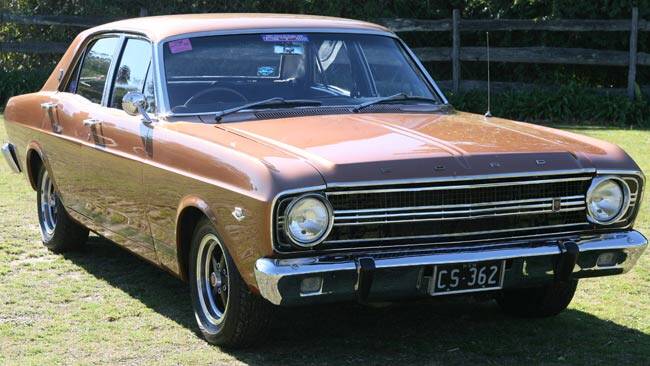 Ford Falcon XR GT: 1967
Ford Falcon XR GT: 1967
We need to be thankful to the 1960s for creating the first ever GT Falcon that would lead to a run of high-performance sedans that continues today. In 1967, the Falcon XR GT was introduced (it was effectively a V8 Mustang in a sedan body). Finishing first and second in the Bathurst 500-mile race it would start a power war with Holden that would last a lifetime.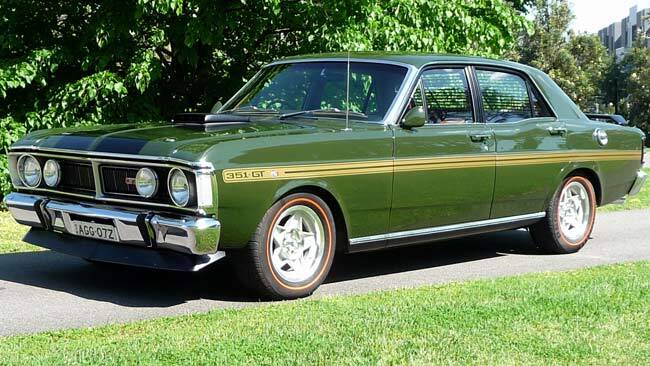 Ford Falcon GT-HO: 1971
Ford Falcon GT-HO: 1971
The mighty Ford Falcon GT-HO – the fastest sedan in the world at the time – wiped the field at Bathurst in the hands of Canadian Allan Moffat in 1970 and 1971. In that era, drivers completed the entire distance without a co-driver. Moffat would have made it three wins in a row if not for a spin late in the 1972 race. A young, plucky Peter Brock scooted past in a Torana XU1 to take his maiden Bathurst victory.
But the Falcon GT would redeem itself winning the 1973 and 1974 races. But the 1970s supercar battle would come to an end after government condemned the manufacturers for building what it called road-going race cars.
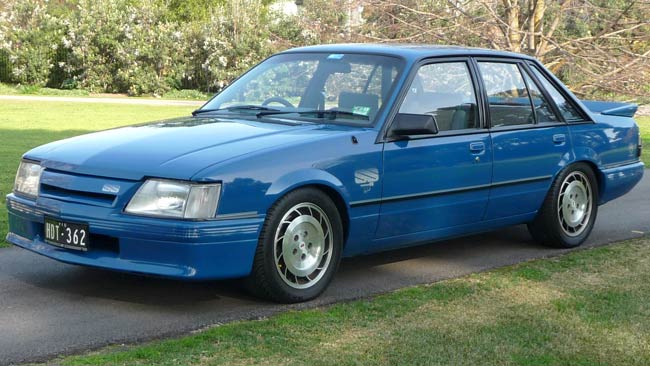 Holden Commodore VK Group A: 1985
Holden Commodore VK Group A: 1985
Holdens personally tuned by Bathurst champion Peter Brock, who was a household name by the 1980s, helped the Commodore’s reputation on and off the track – even though the Falcon was outselling it in showrooms. The VK Group A “Blue Meanie” (because of its exclusive blue paint job) of 1985 was a highlight.
But the next model fettled by Brock, the VL Group A, would spell the end of the champion’s relationship with Holden after he insisted on fitting a “Polarizer”, a small box of crystals that Brock said improved the performance of the car. Holden engineers could not validate the claims.
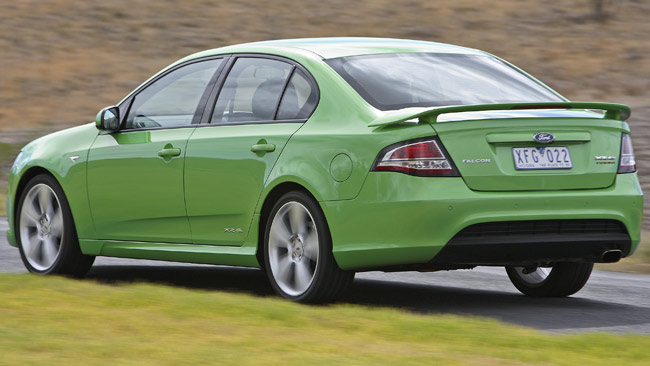 Ford Falcon XR6 Turbo: 2002 to today
Ford Falcon XR6 Turbo: 2002 to today
In the early 2000s Ford Australia was unsure what V8 engines would be available from the US. Having lived through the drama of dropping the V8 in 1982 (bringing it back from the dead in 1991) it didn’t want to disappoint performance-car fans.So it embarked on a turbocharger program for its Geelong-made six-cylinder engine and introduced in the 2002 BA Falcon, creating the XR6 Turbo.
The result was phenomenal; it was quicker than the V8 at the time (and until the supercharged V8 introduced in 2010). So quick, Ford fitted the massive brakes from the Ford Territory as standard. The subsequent 2008 FG Falcon was quicker – but sadly Ford cut costs and fitted smaller brakes. It failed NSW Police brake tests and Ford was forced to upgrade the brake package on pursuit cars.
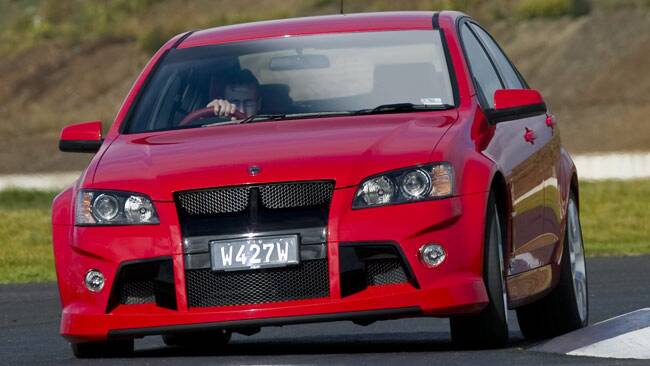
HSV W427: 2008
It’s the biggest and most powerful engine ever fitted to an Australian-made car: a 7.0-litre V8 borrowed from a racing version of the Corvette. HSV said it would build no more than 427 of them (the size of the engine in cubic inches).
It was released in July 2008, just before the Global Financial Crisis hit, with a price tag of $155,000. In the end just 138 were made. It remains a collector’s item, with fewer of these built than the iconic Falcon GT-HO of the 1970s.
This reporter is on Twitter: @JoshuaDowling








.jpg)

.jpg)
.jpg)

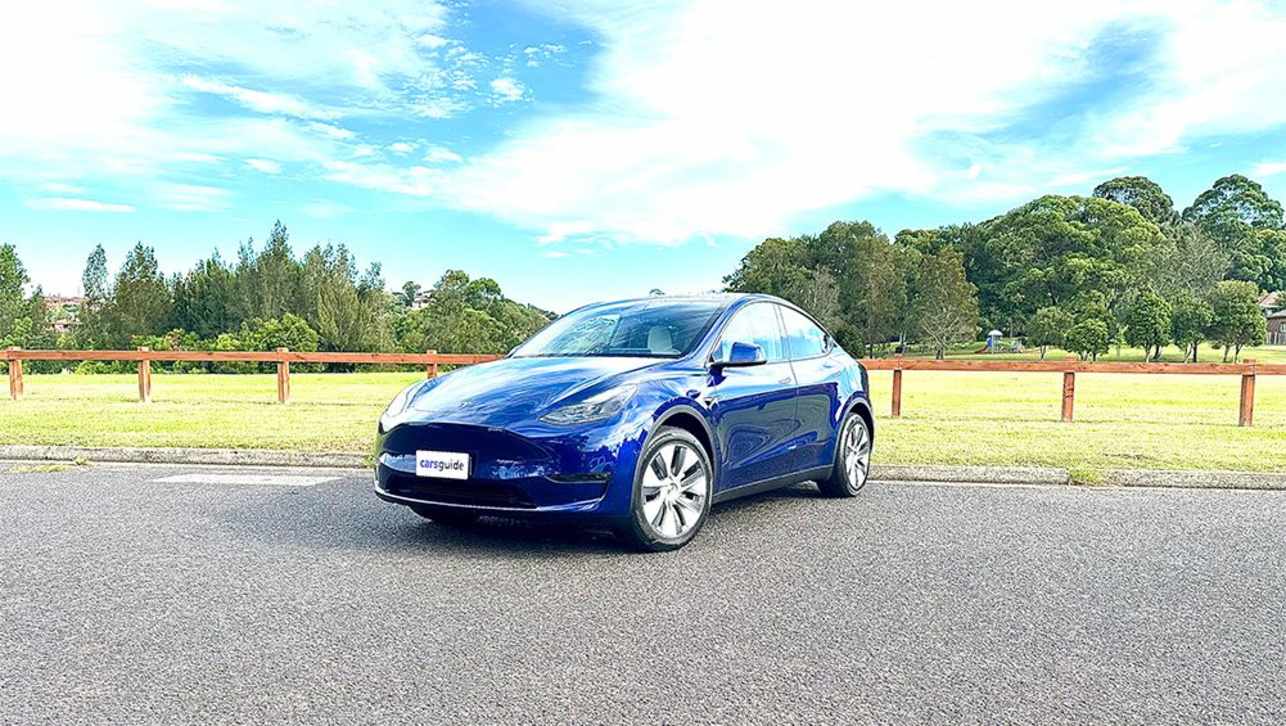
.jpg)

.jpg)
.jpg)

.jpg)

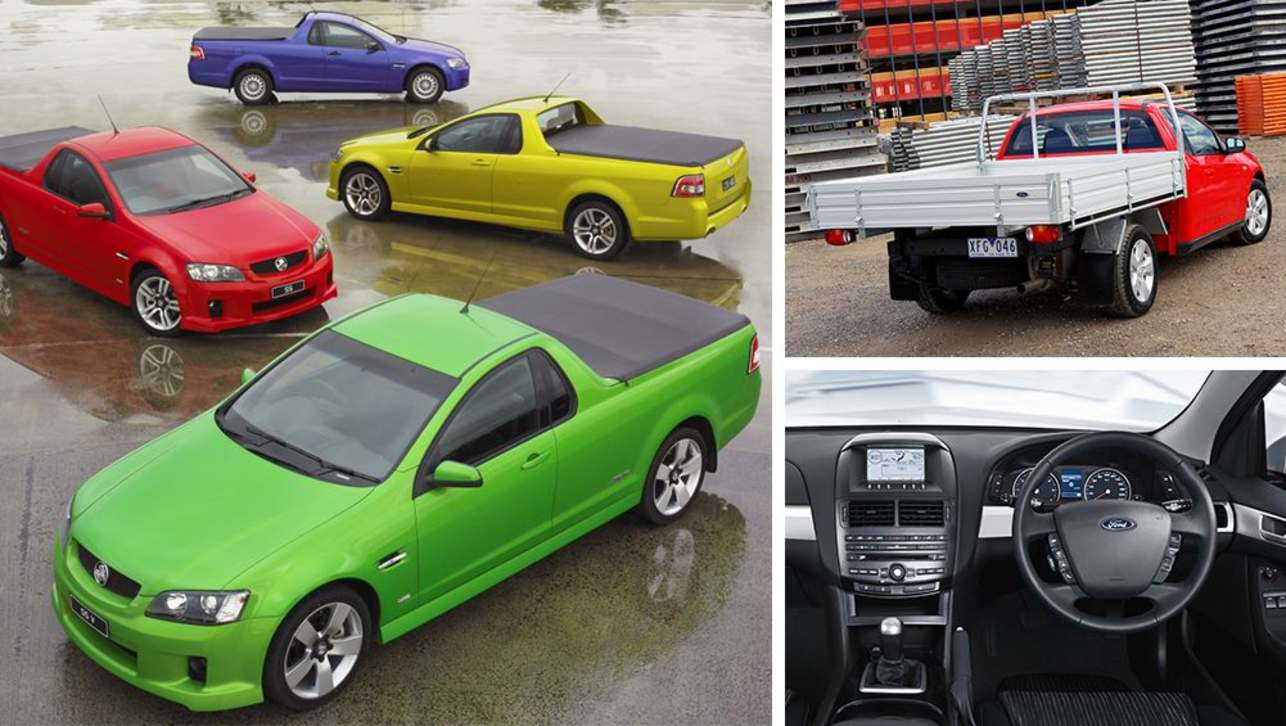
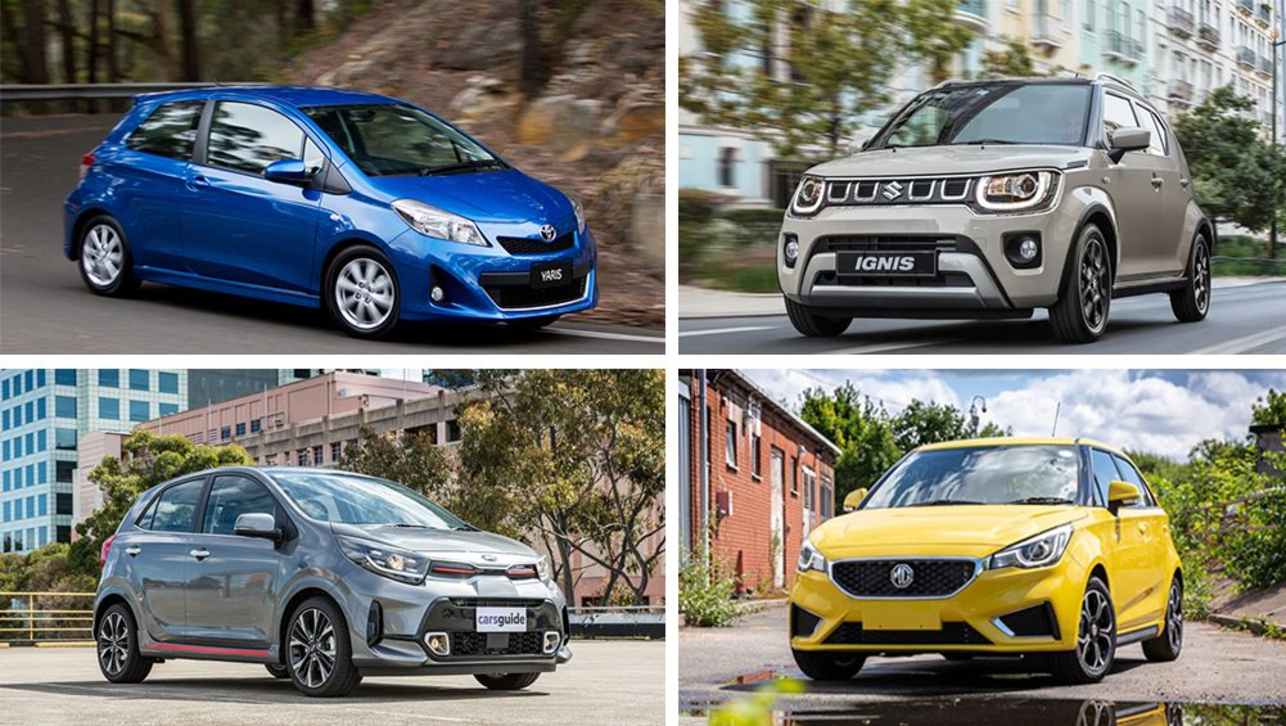
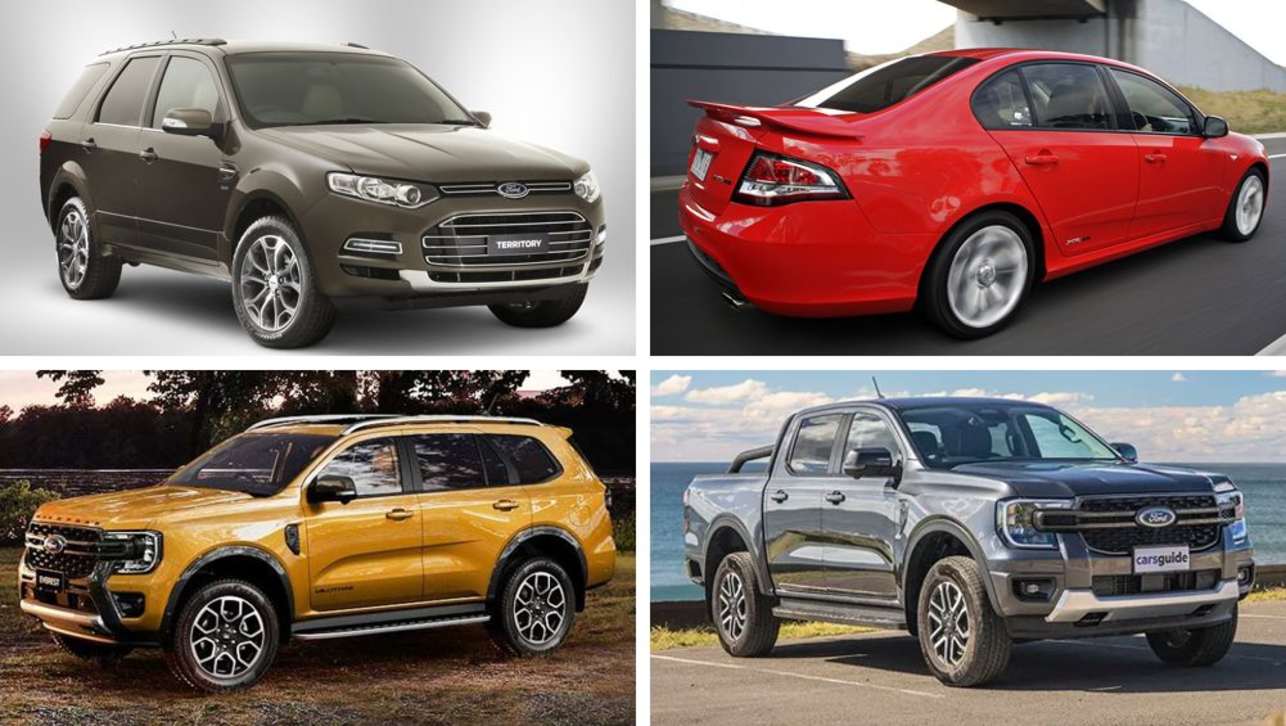
.jpg)
.webp)




Comments